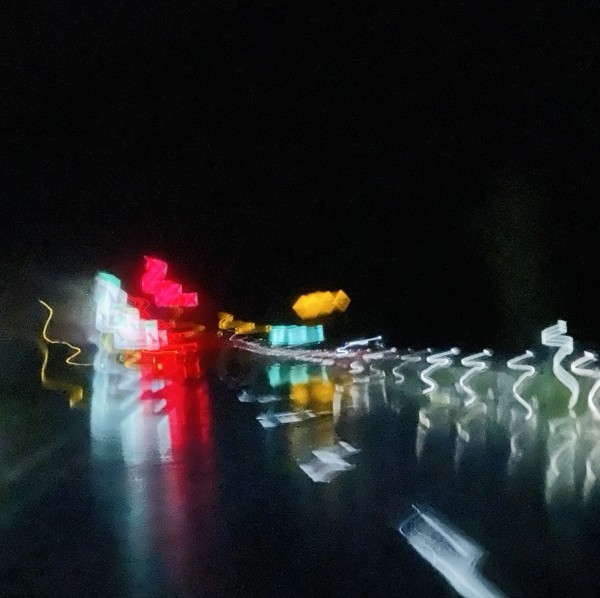02023-07-08 | History, Philosophy
I am reading a recent post by Ted Gioia on his Substack, part two of an essay about cool and hot periods in history, as evidenced not only in economy and politics but also, of course, in music and films. Thanks again Steve, for turning me on to this author! I find the writing very interesting and subscribed to him.
I remember reading a book, years ago, that suggested that art always preceded developments in science and changes in culture, so the connections and evidence Gioia presents doesn’t surprise me. It’s all connected. We are all subject to these cycles, from the personal to the world-wide. Knowing that this is a hot cycle and that it, too, will end is helpful.
Will the effects of climate change become a catalyst for bringing people together, to work for a common future, or will they further enrage people and lead to more lines in the sand? Will there be a violent event that will turn the cycle or, and I am trying to be very optimistic here, will we just collectively become sick of the anger and rage and negativity and decide that it’s time to move on? The moment that shifts everything will probably pass and only sometime later will we be able to understand what happened. Life can only be understood backwards; but it must be lived forwards – Kierkegaard.
Have a look at Gioia’s essay over at Substack. It’s compelling and this knowledge that might make it easier to deal with what is happening.
02023-06-17 | History
Keith Richards claims he wrote “(I Can’t Get No) Satisfaction” in his sleep. He actually recorded it on a cassette player during the night, and had no recollection of doing so in the morning. The catchy guitar riff on the tape was followed by the sounds of snoring, as Richards fell back asleep. But the result was not just the band’s biggest hit to date, but one of the defining anthems of rock music.
How Songs Created Western Rational Thinking – by Ted Gioia
The catchy guitar riff on the tape was followed by the sounds of snoring, as Richards fell back asleep.
I would love to hear that tape!
Bob Weir, of the Grateful Dead, insists that his bandmate Jerry Garcia, after his death, appeared to him in dreams to convey song ideas.
Carlos Santana believes that the Mona Lisa—yes, the woman in the painting—appeared to him in a dream and transmitted lyrics.
Patti Smith wrote a song after dreaming that Jim Morrison of the Doors rose as a stone angel from his grave.
Johnny Cash tells how Queen Elizabeth helped out with a song while he was in a dream state.
I very rarely remember a dream. When I do remember one it can feel so realistic that I think it was a memory rather than a dream.
02023-06-10 | History, Photography
“Use your feet to zoom in or out, because the less you carry, the more you will see. And the more you see the more photographs you’ll make.”
Remembering Ernst – Arthur Meyerson
My friend Arthur Meyerson remembers Ernst Haas, one of the greatest color photographers there ever was. Arthur told me that quote years ago and I will always remember it. Travel light and use your feet to zoom.
Certain people come into our lives and we are never the same afterwards.
This is the photo Arthur mentions in his post.
02023-05-02 | History
The former Santa Fe Civilian Conservation Corps Camp was converted to a camp for 4,555 civilian men of Japanese descent from 1942 to the spring of 1946. Initially, men of Japanese descent who were brought to the camp had been denied U.S. citizenship even though they had worked in America for two decades or more. Their age averaged 52 years. They were removed from the West Coast because their leadership roles in their communities had a perceived potential to support the enemy, yet they were innocent of wrong doing. This talk describes, through archival photos, how the internees spent their waiting hours while being separated from family while some had sons serving in the U.S. Army.
The Santa Fe Internment Camp (1942-1946) | Santa Fe Public Library
The Santa Fe Internment Camp (1942-1946) in the Shadow of Los Alamos. A presentation by Nancy Bartlit, in the Main Library Community Room of the Main Library, at 145 Washington Ave, in Santa Fe on Thursday, May 18, 2023, 6:00pm – 7:00pm.
02023-04-29 | History
A prominent white educator was studying the culture of the Hopi, a Native American desert dwelling tribe. He found it strange that almost all of the Hopi music was about water and he asked one of the musicians why. He explained that so much of their music was about water because that was what they had the least of. And then he told the white man, “Most of your music is about love.”
1970 Jazz: Atlantic Records
Found that quote on The Music Aficionado’s history of Atlantic Records. I’ll be thinking about that for a long time.
02023-04-21 | History
“I don’t want to express myself as the image of Japan,” he told me, “big power, big money, technologies.” Then in a different conversation he spoke against the arbitrary division of the globe into East and West. “Where is the edge?” he asked. “My music is much more melting. All the different things are layered at the same time. It represents a sense of Utopia.” And now? Utopia, what can we say, other than its enclosed certainty is unattainable, but music is never really about certainty, only possibility, and in possibility there is a way to live, a positivity that Ryuichi Sakamoto never abandoned, even when dying.
Life, Life: David Toop remembers Ryuichi Sakamoto – The Wire
Writer and musician David Toop pays tribute to his friend and collaborator Ryuichi Sakamoto, who died on 28 March. Lovely article.
While you are reading the article, listen to LIFE LIFE from the beautiful album async, with David Sylvian reading from Arseny Tarkovsky.
A French critic, he told me, disliked his Beauty album because there wasn’t enough Japanese music in it.
I wonder whether a French musician playing American music would be accused of not having enough French music in it.


